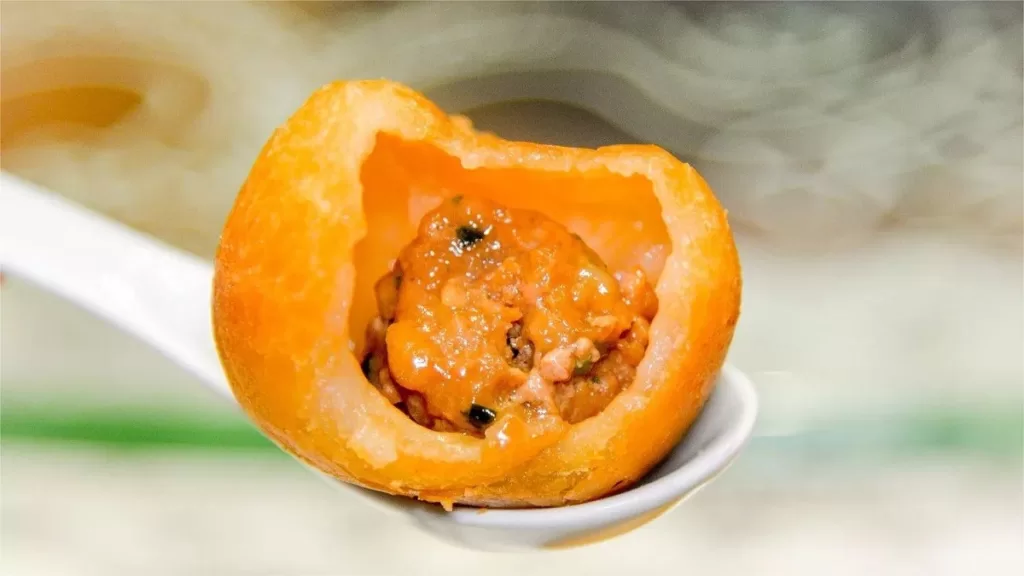Magnolienkuchen (Yu Lan Bing)


Magnolia Cake (玉兰饼, Yu Lan Bing), a traditional delicacy hailing from the Jiangnan region of China, is a beloved snack with a rich history and diverse flavors. Originally, Magnolia Cakes featured a variety of fillings, including fresh meat and red bean paste, alongside unconventional options like lard, sesame, and rose petals, reminiscent of the filling styles found in traditional dumplings. While fresh meat remains a popular choice, offering a taste akin to pork dumplings, the variety of fillings has diminished over time, with most shops now primarily offering fresh meat and red bean paste options.
The origins of Magnolia Cake trace back to the twelfth year of the Qing Dynasty’s Daoguang era (1850 AD), when it was first created by the Sunji Cake and Pastry Shop in Wuxi. The name “Magnolia Cake” was inspired by the blooming magnolia flowers during that season. Crafting the cake involves blending glutinous rice flour with hot water to create small dough pieces, forming the cake base. These bases are then filled with ingredients like lard, red bean paste, fresh meat, rose petals, or sesame before being pan-fried to a golden perfection.
The hallmark of a quality Magnolia Cake lies in its delightful combination of textures and flavors. The crispy outer layer complements the soft and glutinous inner shell, creating a harmonious balance of sweet and savory tastes. For the meat filling, the ingredients are meticulously mixed and encased in the glutinous rice dough before being pan-fried. The resulting Magnolia Cakes boast an enticing golden color, a crispy exterior, and a fragrant, tender interior.
Popularly consumed as a breakfast item in the Jiangnan region, Magnolia Cakes are often enjoyed alongside soy milk. Their delicious taste and satisfying nature make them a favorite among locals. With a golden hue, a crispy shell, and a soft filling, Magnolia Cakes embody the culinary heritage of Jiangnan, offering a delightful blend of flavors and textures that have stood the test of time.